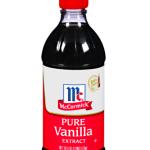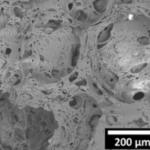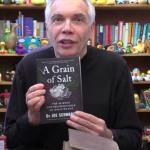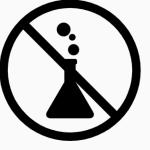My esteemed (1) colleague Dr.
Chemicals & Chemistry
ACSH friend, Dr. Joe Schwarcz, who is the director of McGill University's Office for Science and Society
The basis of a new, non-toxic, recyclable, fireproof insulation foam is high school chemistry. Maybe even middle school. But that doesn't make the invention of a calcium carbonate (chalk)-based product any less clever or useful.
Who knew that polyurethane could be so interesting? "Dr. Joe' Schwarcz, the director of the McGill Office for Science and Society, who can make pretty much anything interesting, does so again.
There's really no delicate way to say this. If you dust off a turd, it's still a turd.
It is phthalates, a group of chemicals that are used to soften plastic. These chemicals are one of the most studied groups of chemicals in use today.
This week "Dr. Joe" Schwarcz takes a look (a sniff, really) at the chemistry of why books have their distinctive smell. The answer is (of course) that books of different eras were made from different materials.
By Susan Goldhaber
This article was originally published on the website of the Toxicology Education Foundation.
A recent CNN article about the FDA oversight of chemicals in foods is puzzling. Author Sandee LaMotte regurgitates a ludicrous demand by t












